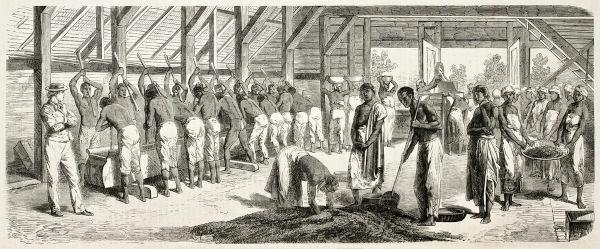Due to the natural characteristics of the Brazilian territory, the assault on its nature has always permeated its history, whether pre- or post-Columbian. In the five centuries of population in Brazil, history has glimpsed the exploitation and near annihilation of one of the most, if not the most, imposing and diverse forest in the world, the Atlantic Forest.
The 20th century arrived, especially after the 1970s, with the emergence of environmental concerns and the environmental movement in several places in the world, of increasingly abundant research that relates the depredation of the environment by man, and its catastrophic consequences in the present, and who knows, for the future, a systematic and predatory exploration of nature, especially in the Brazil.
This month, Pedro Martinelli's book about the Amazon, Gente x Mato, arrives in literary houses, which is a bitter photographed portrait of this region, and also a message for the future of our society.
Martinelli has lived in the Amazon region since he was 20 years old (today he is 58), he has traveled the world photographing from exuberant women to soccer World Cups, but he always returns to the Amazon. His photography shows an unfiltered Amazon and strips away the reality that is in his focus, from the Indian with paintings symbolizing the shirt of Vasco da Gama, a football club from Rio de Janeiro, until deforestation unrestrained. His report to Veja magazine (November 12, 2008) takes us back to the accounts and chronicles of 18th and 19th century European travelers who crossed the backlands of the Provinces (now States) of São Paulo, Goiás, Rio de Janeiro, Minas Gerais, and many others, but with the difference in technology Modern.
Do not stop now... There's more after the advertising ;)
In his reports, says this author, that in the past, the logger went looking for exotic and valued trees in the market, sort of amateurishly, when he heard or saw an area that had a lot of hardwood, he would put 20 or 30 caboclos inside the forest to make a species of inventory, from which the somewhat imprecise location of the number of trees is extracted and whether this region would be economically exploitable. Today, the process is much faster and more efficient (which also hampers inspection plans), the logger waits for the flowering of "their" Potential trees, such as mahogany, fly over the region and, always guided by this flowering, it traces the location of these trees on its GPS. trees. He then proceeds to put tractors on the boat towards the demarcated places, where the tractor then enters the forest and “starts everything up in one night”, according to him.
In another account, he says that in the Amazon region there are televisions that are powered almost literally by the tortoise. To move their generators, locals in the region exchange turtles (as well as other game) for diesel fuel, at the cost of a turtle per liter of oil, where they spend hours watching a Sunday program consume a liter of oil, in other words, a turtle.
His finding is realistic and shocks by the degree of this reality, because, in the city, in the "civilized world" it is very beautiful, and it's even fashionable, exclaiming speeches for the environment, talking about sustainability. But where are the reflections of all this in the Amazonian reality? That's a big question to think about. Are we going to “warm up” our heads?
Per Amilson Barbosa Henriques
Columnist Brazil School
Brazil School - history of Brazil



